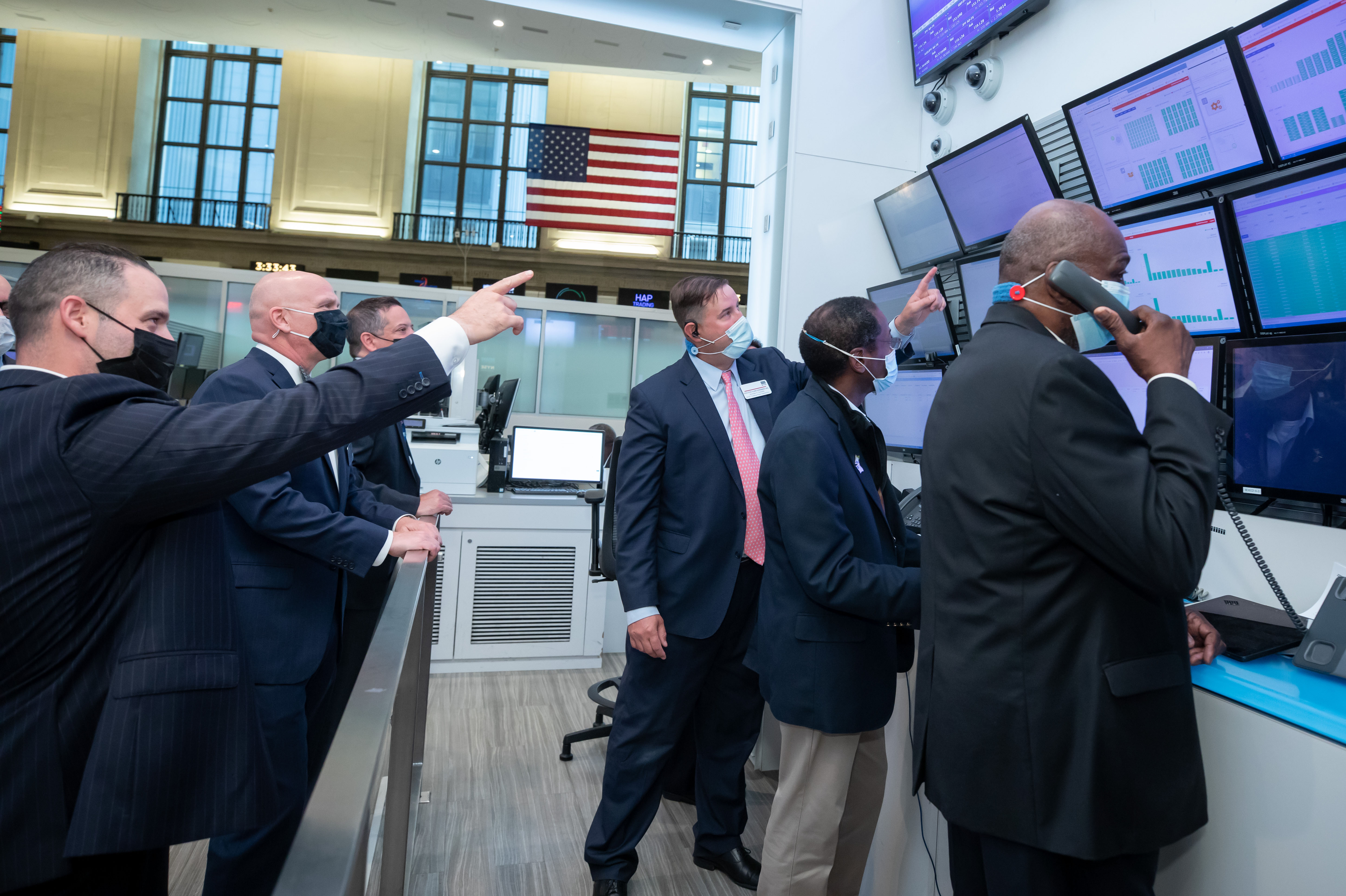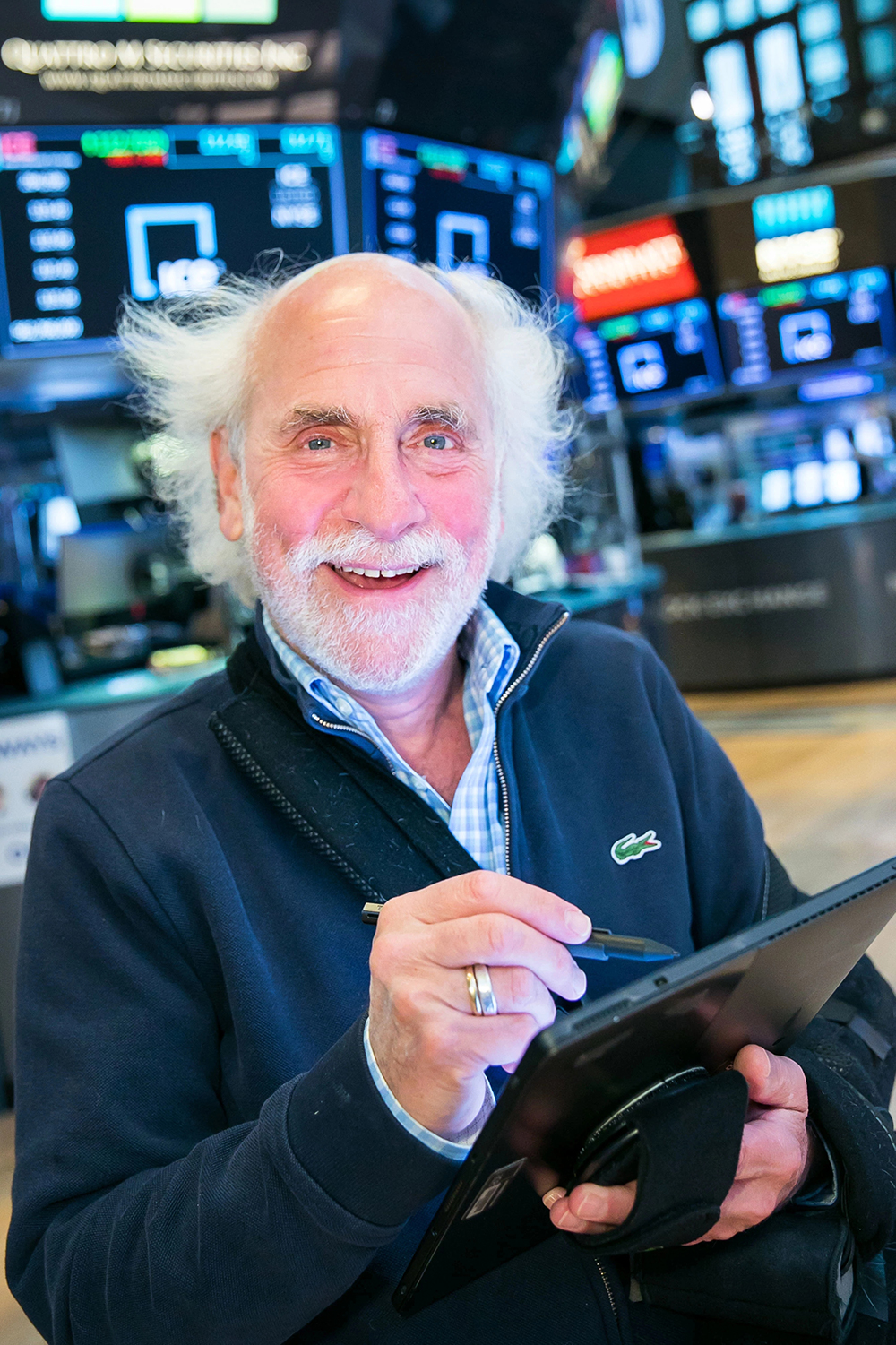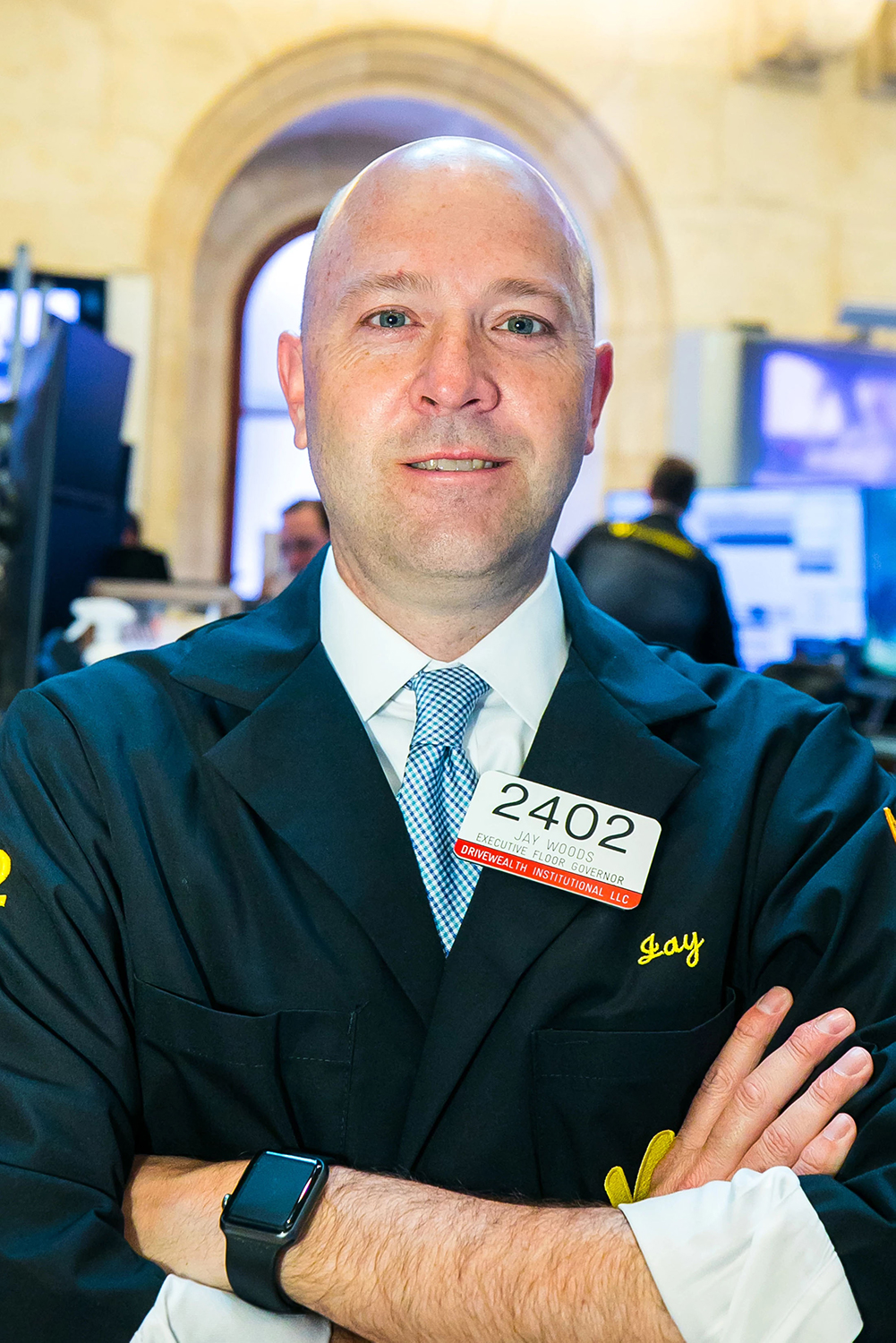By Farrell Kramer, Head of NYSE Communications, New York Stock Exchange
There are no signs announcing its location. No painted lines on the parquet floor to guide visitors. Yet, every trader at the New York Stock Exchange knows the way to this small but critical area of the famed 16,000 square-foot trading floor.
It is called, quite simply, the Ramp.
Modest in name and appearance, the Ramp serves a crucial function at the modern NYSE, where technology and human expertise complement each other to power the world’s largest stock market. When traders have questions about technology or trading or exchange rules — or when major market events occur — there’s only one destination. Young traders learn this from the very beginning.
“The Ramp was our command center,” recalls Jay Woods of DriveWealth Institutional, a veteran of more than 25 years on the floor. “If there was ever an issue, you always would hear, ‘Just go to the Ramp.’”
Officials working at the Ramp as the closing auction approaches during a big market day.
Physically, the Ramp is aptly named. An 18-foot-long inclined walkway with high-top desks on both sides, the Ramp leads to an area of the floor where key NYSE support teams are present. To the left and right, the Ramp is framed by nearly five dozen video displays, capturing the real-time status of all the data and technology that impact the floor.
“I always think of the Ramp as the bridge from Star Trek,” says Peter Tuchman, a broker with Quattro Securities who started on the floor in 1985.
A softly lit archway at the foot of the Ramp is the only clue that something significant lies within.
Charlie Caccese, whose 10-person NYSE floor operations team manages the Ramp, describes it as a conduit to support expertise across the organization. The Ramp’s population includes representatives of the exchange’s trade and system operations teams. Members of NYSE Regulation and the exchange’s end user computing group are present as well.
Like the NYSE and floor community it serves, the Ramp’s work has evolved over the years. Questions about trading have always been an important function for the Ramp, but over time its support of floor technology has grown substantially.
NYSE floor brokers today work the trading floor with wirelessly connected tablet computers at the ready. During major IPOs, TV viewers will see brokers crowd around trading floor posts as pricing information is yelled out and the stock prepares to open. Thanks to their handheld devices, brokers can place orders right from the middle of the scrum.
“The Ramp community is there to help us interface with the floor’s technology and that’s a huge job,” Tuchman says. “So, their job has gotten much bigger and much broader.”
Peter Tuchman of Quattro Securities using a wireless handheld device.
In addition to brokers like Tuchman and Woods, the NYSE’s Designated Market Makers also leverage exchange technology supported by the Ramp. DMMs facilitate trading in the NYSE’s listed securities and play a critical role in the opening and closing auctions.
On the biggest market days, the Ramp typically draws a crowd. June 25 marked this year’s FTSE Russell index reconstitution, a massive trading day the NYSE and floor community anticipate weeks in advance. NYSE President Stacey Cunningham and other senior executives made their way to the trading floor to oversee the closing auction together with the Ramp’s regular staff.
“We were all there. It was a big day,” says Rob Turtoro, who leads the NYSE’s trade operations team. That afternoon, the closing auction totaled 2.1 billion shares, six times normal volume.
There have been many historic moments for the Ramp. During the extreme volatility seen in March 2020 in the early days of the pandemic, market-wide circuit breakers were triggered four separate times when the S&P 500 fell by 7%. Trading was halted for a stress-filled 15 minutes each time. The ability of the Ramp’s key teams to provide coordinated human support right on the floor was critical.
“I don’t think any other exchange really has that,” Turtoro says.
Jay Woods of DriveWealth Institutional on the NYSE trading floor.
Not long after the March market-wide circuit breakers, the Ramp stepped forward in a new way. The NYSE floor closed temporarily but stocks continued to trade, the first time this had happened in the exchange’s history. Trading progressed fully electronically and companies remained able to raise capital throughout the 9-week closure.
To support remote IPOs and follow-on offerings, some innovation was required. This included the Ramp’s ability to monitor the process using video conferencing, publish pricing information for the public and allow DMMs to access their systems from afar.
“We had to somewhat get creative to allow the raising of capital while no personnel were allowed onto the floor,” Caccese says.
These transactions provided badly needed capital for companies during an uncertain moment in our history. Today, of course, the situation has changed dramatically. The U.S. economy is reopening and normal is steadily returning.
With little fanfare, the Ramp continues to serve. “These people,” Woods offers, “are the unsung heroes of the floor.”
The Unassuming Nerve Center of the NYSE Trading Floor first appeared on NYSE Taking Stock.





